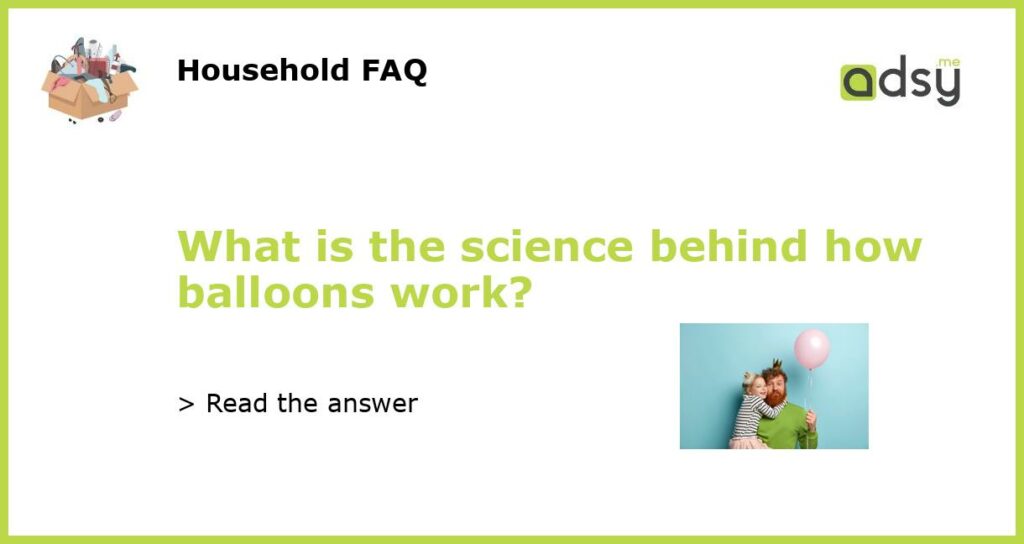The Physics of Balloons: How They Work
Balloons are a classic favorite at parties and events, and kids love to play with them. But have you ever wondered how they work? Balloons are not just colorful decorations, but they are also scientific wonders that rely on physics to function. In this article, we will explore the science behind how balloons work.
The Magic of Air Pressure
The key to how balloons work lies in the magic of air pressure. Balloons are made of stretchy latex or rubber material which, when inflated, creates a pocket of air. This pocket of air inside the balloon has a higher pressure than the air outside the balloon, which is at normal atmospheric pressure. The higher pressure inside the balloon helps it to stay inflated and keeps the walls of the balloon stretched taut.
The Role of Gases in Balloon Inflation
When you blow up a balloon, you are essentially adding air or other gas into it. Gases are easily compressible, and that’s the reason you can easily inflate balloons. When you inflate a balloon, you are adding more molecules, which increases the pressure inside the balloon. When it reaches a certain pressure, it can’t contain any more air, which is why it becomes difficult to inflate it further.
Why Do Balloons Deflate?
Balloons are not meant to stay inflated forever, and they will eventually deflate. This happens because over time, the pressure inside the balloon decreases as the gas molecules start to escape through the tiny pores in the balloon material. Balloons can also deflate due to external factors such as temperature changes, sharp objects, or even just the normal wear and tear of the material.
Balloons in Space
The science of balloons goes beyond just our atmosphere, and they are also used in space exploration. NASA has used high-altitude balloons to study the upper atmosphere and cosmic rays. These balloons can expand to sizes up to a football stadium and can fly up to 40 km above the Earth’s surface. Balloons are also much cheaper to launch than rockets, making them a more cost-effective option for certain types of experiments.






